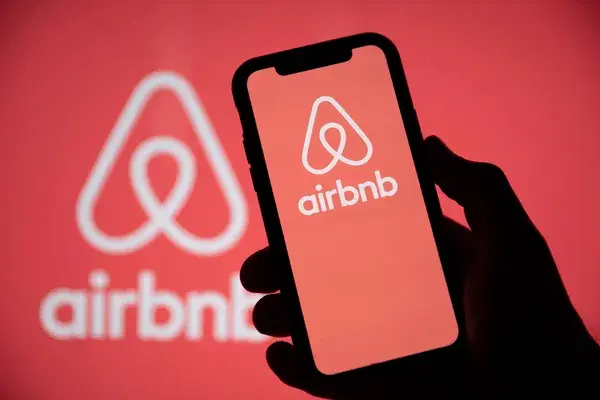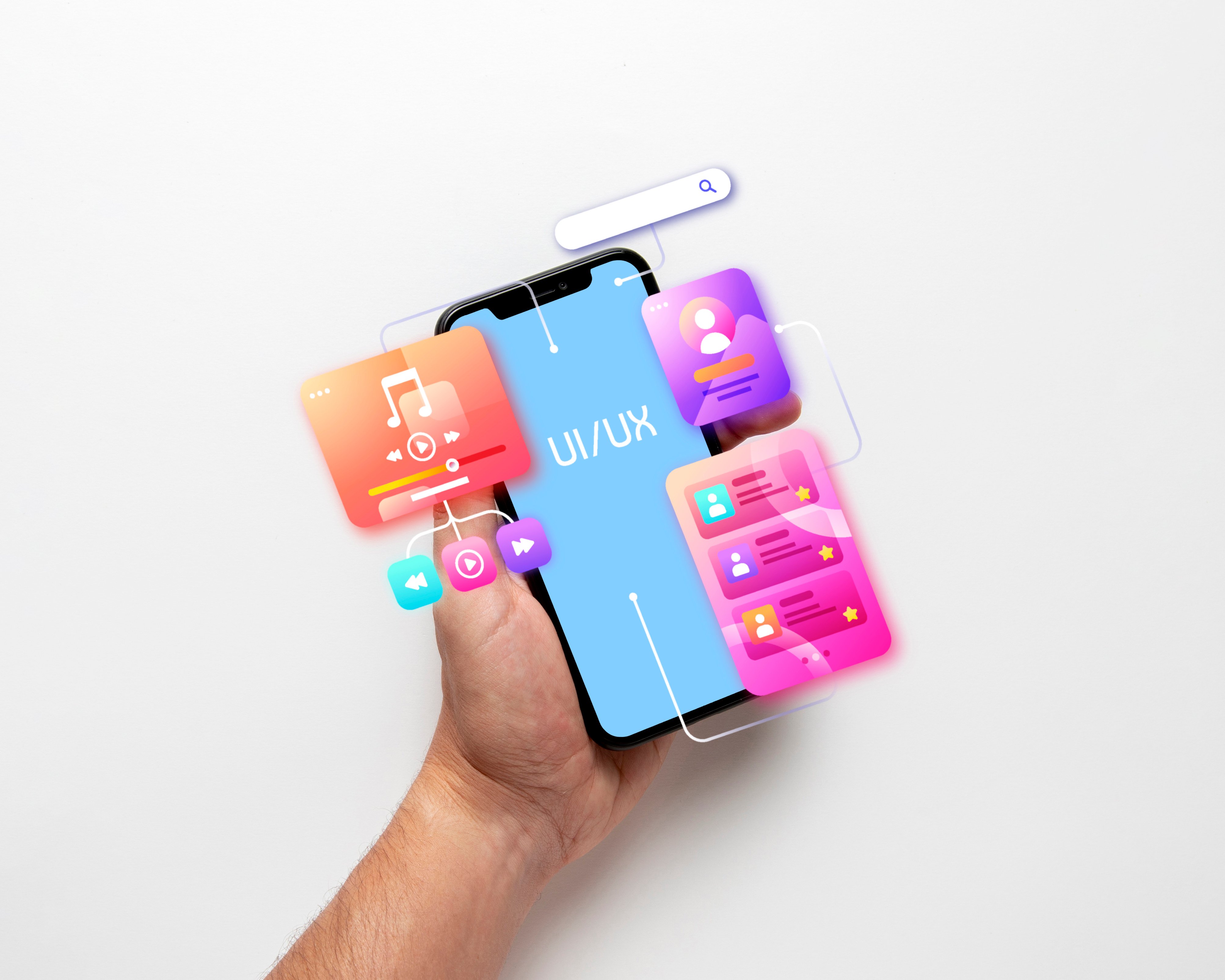Storytelling is more than just a way to entertain, it's a powerful tool for driving change and influencing behavior. Whether you're a brand trying to connect with your audience, a leader aiming to inspire action, or a marketer seeking to elevate your product, storytelling can serve as the bridge that connects information with emotion.
1. Why Storytelling Matters?
At its core, storytelling resonates because it speaks to human emotions. It’s ingrained in our culture, dating back to the earliest forms of communication. According to the Product Marketing Alliance, storytelling helps audiences remember information better, engage more deeply and respond emotionally. In a world where people are bombarded with content, storytelling cuts through the noise by connecting facts with emotions, making the message stick.
Harvard Business Review’s article on Storytelling that Drives Bold Change emphasizes the importance of compelling stories for initiating change within organizations. When leaders frame their vision as a story, employees and stakeholders are more likely to support it because they can visualize the future and their role in it .
2. How to Tell a Great Story

Good storytelling is not just about what you say, it's about how you say it. HubSpot outlines key elements for successful storytelling, such as knowing your audience, setting the scene, and building tension before resolving. Meanwhile, BetterUp suggests honing three key skills: understanding the needs of your listeners, using empathy to shape the narrative, and practicing until the delivery feels natural .
.png)
One real-life example of this is Nike, a brand known for its emotive storytelling. Their "Just Do It" campaign doesn't just sell shoes; it tells the story of overcoming obstacles, pushing limits, and triumphing against adversity. This story resonates because it taps into the universal human desire for achievement, making it not just about the product but about personal transformation.
3. Storytelling to Drive Change

Storytelling is particularly impactful when used to drive meaningful change. Harvard Business Review highlights how leaders at organizations like Patagonia use storytelling to align their workforce around sustainability goals. By framing their mission in stories about protecting the environment, they inspire both employees and customers to contribute to the cause.
A powerful story that drove change comes from Airbnb. At a time when short-term rentals were controversial in many cities, Airbnb used storytelling to highlight how their hosts were regular people making ends meet, humanizing the brand, and changing public perception. This strategic storytelling played a critical role in their ability to work with local governments to legalize and regulate short-term rentals.
4. Real-World Examples
- Apple frequently employs storytelling, not by focusing on technical features, but by framing its products as tools that unlock human potential. Their campaigns often show users creating art, solving problems, or overcoming personal challenges, positioning their products as enablers of creativity and innovation.
- Dove’s Real Beauty campaign tells the story of self-acceptance, challenging conventional beauty standards. By sharing authentic stories of real women, Dove turned their products into symbols of empowerment and authenticity, driving both sales and brand loyalty.
Conclusion
Storytelling is a strategy. Whether you’re aiming to sell, inspire, or drive social change, incorporating storytelling into your approach can be the difference between a message that resonates and one that gets lost. By tapping into emotion, human experiences, and narratives that align with your audience’s values, brands and leaders can foster deeper connections and inspire bold action.
Start experimenting with Storytelling today, and you might just discover a new way to connect with your audience. If you're looking for expert assistance in your marketing campaigns in the Gulf region, don't hesitate to contact us.



